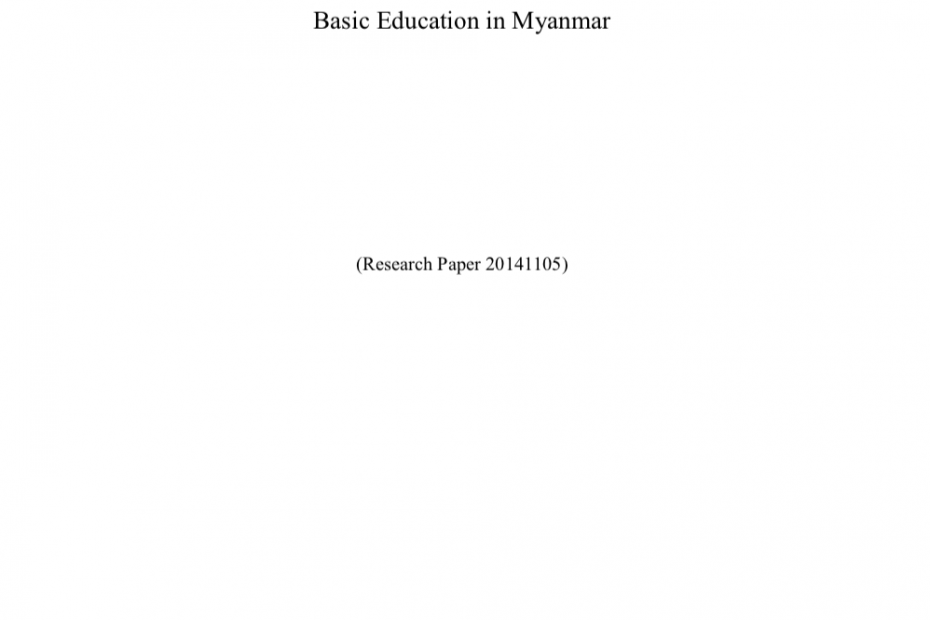
The dropout rates both during an academic year and between academic years were studied in this paper. The dropout rate from September 2012 to March 2013 was calculated at 3.45% for G1 students nationwide or 45,743 students. This figure was not counted as dropouts until now
because of limited statistics, but this figure is not negligible. The transition rates of students were calculated for each half-year, from March to September (between consecutive grades), and September to next March (between the same grades). These transition rates were multiplied one
by one, and the cumulative transition rates were calculated. The cumulative transition rate showed the expected gross survival rate of G1 students as they progressed up to a certain grade. The number of students as of September 2012 was used as a base line. The expected calculated value was 0.2817 until G11. It is lower than the previous estimates (Muta, 2014a; 2014c) because the baseline was set in the middle of the academic year. There is a great difference between the states/regions, but the difference was notable between the urban and rural areas. The migration of students from rural to urban areas is prominent. Educational development in rural areas should be enhanced to provide students access to better education.
Author(s): Prof. Dr. Hiromitsu Muta
Year Published: 2014
Language: English
Country: Myanmar


